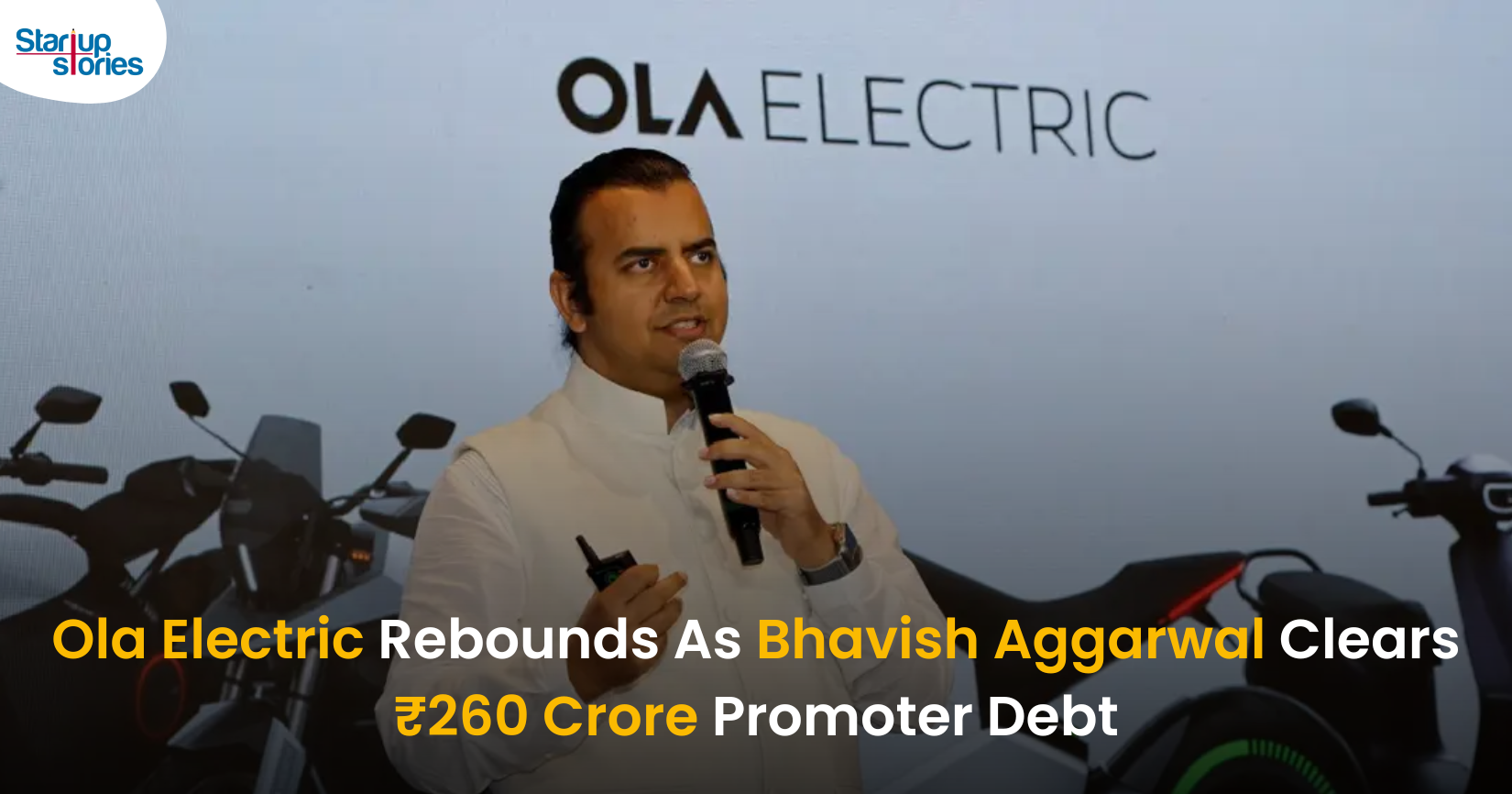Latest News
You Can’t Book An Uber Via Google Maps Anymore

Google has apparently removed the ability to book an Uber cab directly via Google maps. There was no reason given for this sudden update from either of the firms. The feature allowing users to book Uber rides via Google Maps was added back in January, last year. Earlier, the users could enter a location, identify their route, check Uber prices and request a ride without leaving the Maps app. This was a convenience for most people who did not want to switch between the two apps! You did not even need an Uber app back then, but now the story is different and the cards have turned. You can no longer hail an Uber using the Google maps. You can still see the Uber ride option within Google Maps, among other ride sharing apps and their estimated fares, but booking a ride with Uber will switch you to the Uber app. The ride sharing tab still exists, but instead of booking an Uber, it just gives you an estimate and offers to kick you out to the Uber app.
It’s completely unknown why Google and Uber have decided to end the program and this abrupt update seems to have a huge impact on both Android and iOS users. In 2017, Google introduced the integration of Uber to book a ride from within the Maps while checking the route which was pretty convenient. Speaking about India, the Google Maps users would book Uber cabs directly inside the app, however, for other cab hailing companies, Ola and Meru cabs, users had to separately open the apps after getting the fare estimate right from Google Maps.
As of now, Google Maps’ Request a Ride feature page was updated to “You can no longer book Uber rides directly in Google Maps.”
Why and how, Uber and Google leave us completely baffled!
Latest News
How Pronto Is Redefining 10-Minute Home Services in India with a $25 Million Fundraise

Home services startup Pronto is in advanced talks to raise about $25 million at a near-$100 million valuation, underscoring strong investor confidence in India’s fast-growing 10-minute home services market. This potential round would be the company’s third major funding milestone after its $2 million seed and $11 million Series A in 2025, backed by marquee investors such as General Catalyst, Glade Brook Capital, Bain Capital and new participant Epiq Capital. The fresh capital is expected to further strengthen Pronto’s positioning as a leading tech-led household help platform for urban consumers.
Pronto operates a 10-minute on-demand home-services platform that connects users with trained, background-verified workers for everyday tasks like sweeping, mopping, utensil cleaning, laundry and basic cooking. Using a hub-and-spoke, shift-based model, the startup stations workers at hyperlocal hubs, enabling sub-10-minute fulfilment and more predictable earnings compared to the informal domestic-help market. Founded in 2024 by Anjali Sardana and based in Delhi NCR, Pronto has already expanded from Gurugram into major cities such as New Delhi, Mumbai, Bengaluru and Pune, and is handling around 6,000 daily bookings with nearly 1,300 active professionals as of December 2025.
The upcoming $25 million fundraise is expected to be used to enter more metros, deepen presence in existing neighbourhoods with additional hubs and upgrade Pronto’s technology for smarter routing, shift planning and real-time operations. A significant portion of the capital will also go into training, retention and benefits for its workforce to maintain consistent service quality at scale, especially as competition heats up from rivals like Snabbit and Urban Company in the rapid home services space. This near-$100 million valuation not only validates Pronto’s model but also highlights a broader shift toward organised, tech-driven domestic-help solutions in India’s largely informal home-services market.
Latest News
Bhavish Aggarwal Sells ₹325 Crore Ola Electric Stake, Retains Control

Bhavish Aggarwal has sold Ola Electric shares worth about ₹325 crore over three consecutive trading sessions, primarily to fully repay a promoter-level loan of ₹260 crore and release all pledged promoter shares. Despite the stake sale, he continues to hold a significant shareholding of over 34 percent in Ola Electric, and the company has clearly stated that there is no change in promoter control or his long-term commitment to the business. This one-time, limited monetisation at the promoter’s personal level is positioned as a structural clean-up rather than a signal of reduced confidence in the company.
The transactions, executed through open-market bulk deals, included an initial sale of about 2.6 crore shares worth roughly ₹92 crore at an average price of ₹34.99 per share, followed by additional trades of around ₹142 crore and ₹90 crore, taking the total sale value to approximately ₹324–325 crore. As a result, Aggarwal’s stake has fallen by a little over 2 percent, while all previously pledged promoter shares about 3.93 percent of Ola Electric’s equity are being released, removing the overhang and risk typically associated with pledged stock. The company has also clarified that these deals do not involve any capital raise or dilution by Ola Electric itself, which is important for investors tracking promoter stake and governance.
The share sale came at a time when Ola Electric’s stock had been under pressure, even hitting an all-time closing low amid concerns around growth, competition and heavy promoter selling. However, once the company confirmed that the stake sale was complete and all promoter-level pledges would be cleared, the stock rebounded sharply, gaining around 9–10 percent as markets welcomed the removal of this technical overhang. For investors, the focus is now expected to shift back to Ola Electric’s core fundamentals EV sales growth, margins, and market-share performance in India’s two-wheeler EV segment while the reduced promoter debt risk and continued high promoter holding offer some comfort on long-term alignment.
Latest News
Kuku FM’s $200 Million IPO: Mebigo Labs Hires Top Bankers to Lead Public Listing

Kuku FM’s parent company, Mebigo Labs, has hired leading investment banks to prepare for a 200 million dollar IPO in India, marking a major milestone for the country’s digital audio ecosystem. The Mumbai-based company has reportedly appointed Kotak Mahindra Capital, Axis Bank and Morgan Stanley’s India unit to manage the proposed share sale, which is likely to be launched on Indian stock exchanges once key regulatory steps are completed. This move signals strong intent to tap public markets and test investor appetite for subscription-led regional audio platforms in India.
The planned IPO proceeds are expected to help Kuku FM expand its content library, strengthen its regional language offerings and invest in technology to enhance user experience. With a focus on Hindi, Marathi, Tamil and other Indian languages, Kuku FM aims to capture the fast-growing audience in Tier 2 and Tier 3 cities seeking affordable audiobooks, courses and storytelling content. The funds could also provide additional firepower for marketing, partnerships and product innovation, helping the platform compete more aggressively in India’s crowded digital entertainment and creator economy landscape.
Founded in 2018, Kuku FM has built a subscription-driven business model and has reportedly scaled to millions of paying users, backed by multiple funding rounds from prominent investors. Its decision to pursue a 200 million dollar IPO positions it as one of the first major Indian audio platforms to attempt a public listing, potentially paving the way for other podcast and niche content startups to follow. As the IPO process moves forward, Kuku FM’s performance in the public markets will be closely watched as a key indicator of how investors value regional, knowledge-first audio platforms in India’s booming digital economy.















iwin
November 5, 2025 at 6:02 pm
iwin – nền tảng game bài đổi thưởng uy tín, nơi bạn có thể thử vận may và tận hưởng nhiều tựa game hấp
站群程序
November 7, 2025 at 3:19 pm
采用高效谷歌站群策略,快速提升网站在搜索引擎中的可见性与权重。谷歌站群
ios超级签
November 9, 2025 at 8:34 am
苹果签名,苹果超级签平台,ios超级签平台ios超级签苹果企业签,苹果超级签,稳定超级签名
MM88
November 10, 2025 at 6:05 pm
Khám phá thế giới giải trí trực tuyến đỉnh cao tại MM88, nơi mang đến những trải nghiệm cá cược thể thao và casino sống động.
MM88
November 18, 2025 at 2:49 am
Với giao diện mượt mà và ưu đãi hấp dẫn, MM88 là lựa chọn lý tưởng cho các tín đồ giải trí trực tuyến.
J88
November 21, 2025 at 12:56 pm
Đến với J88, bạn sẽ được trải nghiệm dịch vụ cá cược chuyên nghiệp cùng hàng ngàn sự kiện khuyến mãi độc quyền.
Kuwin
December 1, 2025 at 2:50 am
kuwin sở hữu kho game đa dạng từ slot đến trò chơi bài đổi thưởng, mang đến cho bạn những giây phút giải trí tuyệt vời.
GO88
December 1, 2025 at 10:25 pm
Tham gia cộng đồng game thủ tại Go88 để trải nghiệm các trò chơi bài, poker phổ biến nhất hiện nay.